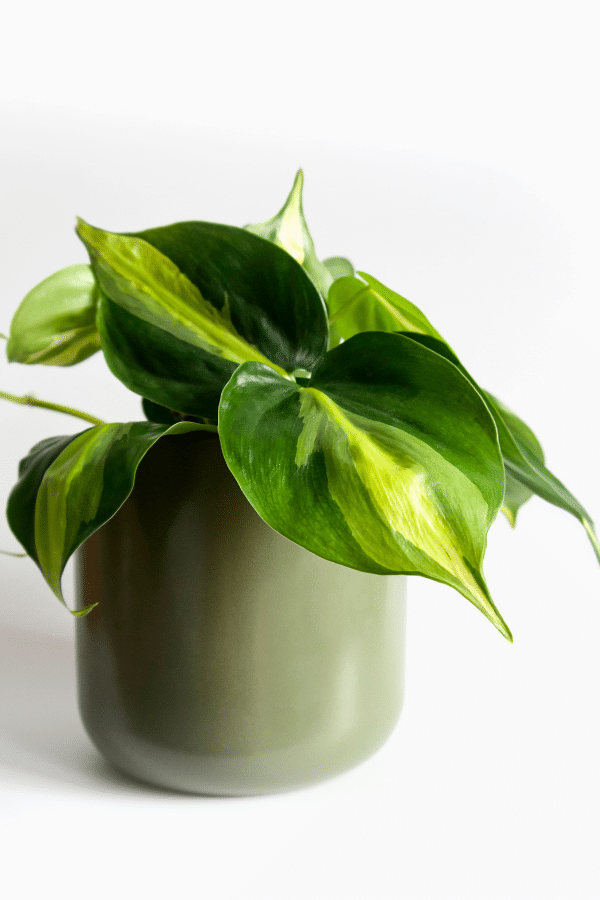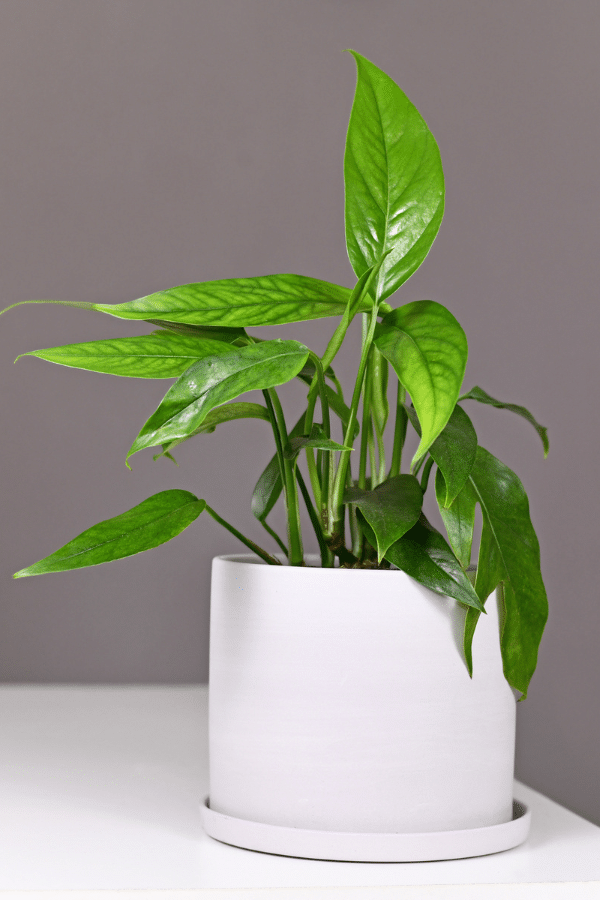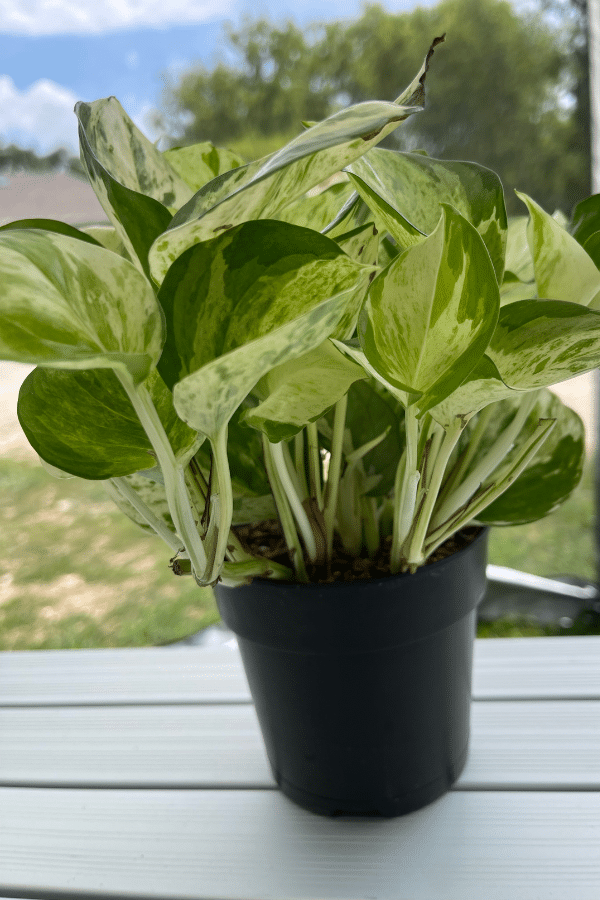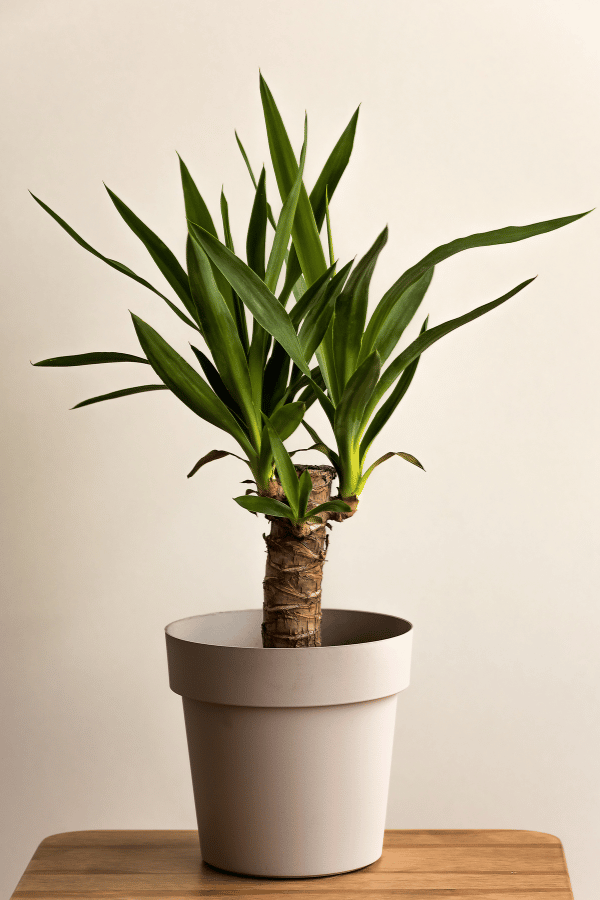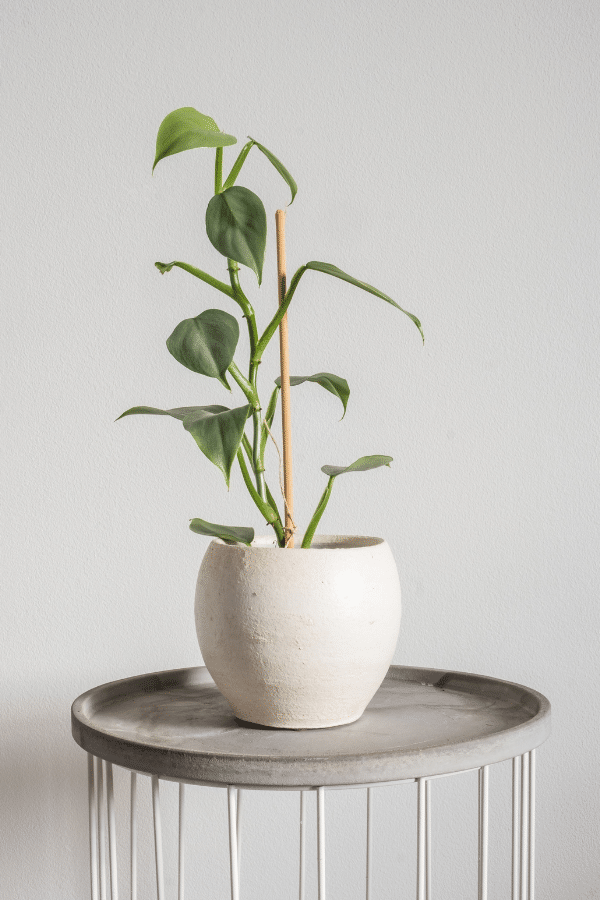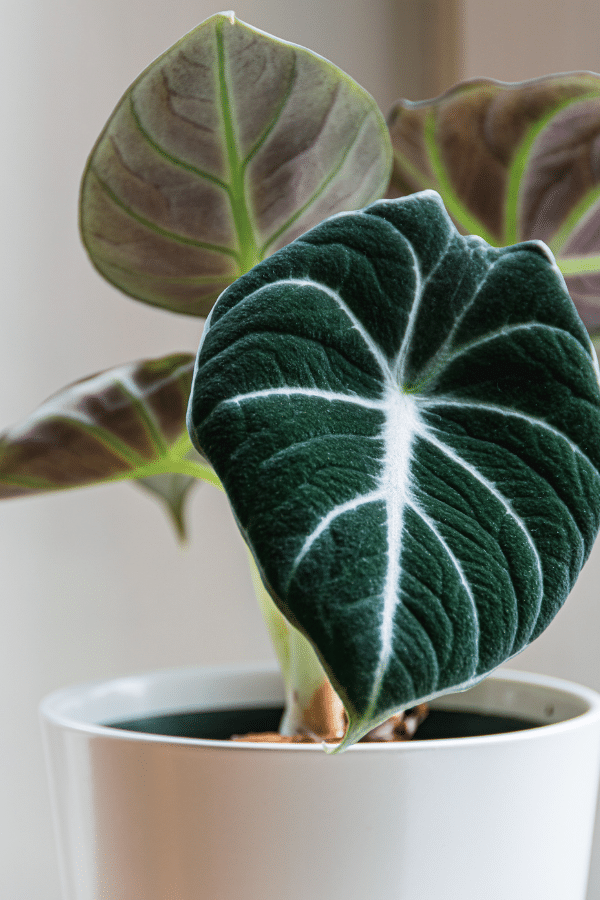String of Pearls
Scientific Name: Senecio Rowleyanus
String of Pearls care is an easy Senecio to grow and care for. As the plant grows older, it will put off new growth fast. If you are looking for a trailing plant for your home that you will be able to propagate, a String of Pearls plant may be for you.
To give this Senecio plant the best care, it requires well-draining soil, water the plant when the top half inch of the soil is dry, provide it with bright indirect sunlight, temperatures ranging from 50-80F, and average humidity levels.
Quick Care Overview
| Common Name | String of Pearls |
| Scientific Name | Senecio Rowleyanus |
| Family | Asteraceae |
| Origin | African Desert |
| Growth Rate | Medium |
| Identification | Small pearl-like foliage that have trailing stems |
| Height | Up to 5 feet in length |
| Soil | Well-draining soil |
| Water | Water when the top half inch of soil is dry |
| Temperature | 50-80F |
| Sunlight | Bright indirect sunlight |
| Toxic to Cats & Dogs | Yes |
| Toxic to Humans | Yes |
| Pests | Fungus gnats, aphids, mealybugs, spider mites, whitefly |
| Diseases | Root rot |
Below we will dive deep into this String of Pearls care guide.
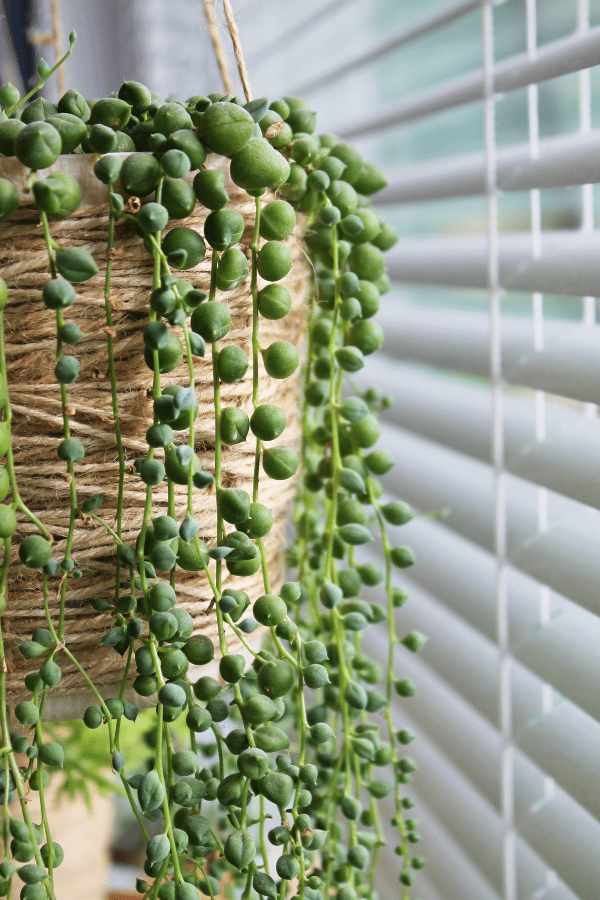
String of Pearls History
East African desert native Senecio Rowleyanus, otherwise known as the String of Pearls, is a beautiful, unique vining succulent with attractive pea-shaped foliage. This plant is commonly grown as a creeping ground cover in suitable environments or spilling over hanging baskets and planters. This pretty succulent produces cinnamon-scented flowers but will rarely bloom indoors.
String of Pearls Identification
The String of Pearls has small surface roots and produces long, trailing stems that may easily root and cause thick mats to form. Foliage are the size and shape of small peas and sport a thin stripe along their sides. Spherical shaped foliage typically produces a small-pointed tip on the end. Foliage is typically ¼” in diameter.
String of Pearls Growth Facts
This low-maintenance plant is often grown in hanging planters or shallow dishes where its trailing stems may flow over, creating an attractive, textural display.
How Big Does a String of Pearls Get?
The String of Pearls can grow up to 5 feet long.
String of Pearls Care
The String of Pearls plant is nearly effortless to care for and will grow quite vigorously if you care for it properly and give it plenty of light.
String of Pearls Soil
Your String of Pearls will like being grown in any potting soil indicated for succulents or a cactus mix. Alternatively, you may create your own potting mix by combing commercial potting soil with horticultural sand at a 3:1 ratio.
String of Pearls Fertilizer
It will help boost the growth of your string of pearls if you feed it with balanced liquid fertilizer monthly during the warm growing season of spring and summer. Ensure that you follow all label instructions. Do not feed during winter.
String of Pearls Watering
You should keep your plant consistently moist but not oversaturated with water. If you notice foliage flattening, the plant likely needs more water. Depending on growing conditions, you will likely need to water your string of pearls every 7-14 days. Watering frequency may be reduced in winter. You should rewater your plant after the top ½ inch of soil has dried.
String of Pearls Light Requirements
The String of Pearls will like a combination of indirect and direct sunlight for several hours each day. However, too much intense direct sun will cause foliage scorching, while too low of light will cause leggy, stunted growth.
String of Pearls Temperature & Humidity
The String of Pearls will like to be kept in warm temperatures above 70 degrees Fahrenheit. This plant will tolerate temperatures down to 50 degrees Fahrenheit in the winter. However, it would be best to never expose your string of pearls to temperatures below 50 degrees Fahrenheit. Additionally, this plant does not like to be kept in high humidity conditions. Therefore, it should be kept away from humidifiers.
Repotting String of Pearls
Repotting should be done at the beginning of spring. Select a container that is 2 inches larger than the previous one. Repot your plant, refresh the soil, tamp lightly, water thoroughly, and place in indirect light. Repotting may be done annually until the mature plant begins to die back. Within a few years, a new plant should be propagated rather than attempting to preserve an older plant.
String of Pearls Maintenance & Pruning
Periodically remove any dead or discolored stems and foliage. Leggy branches may be trimmed back to promote a fuller, bushier-appearing plant.

String of Pearls Propagation
The String of Pearls may be easily propagated through stem cuttings. Propagation should be done in the warm growing season. To propagate, cut pieces of stem beneath a leaf node that are at least 4 inches long. Allow the cuttings to callus overnight before planting. Plant the cuttings about an inch deep, ensuring you do not bury any foliage. Remove lower leaves if necessary. Place in indirect light. Water in a few days.
String of Pearls Toxicity
Toxicity to Humans
The String of Pearls is mildy toxic to humans and should not be consumed. Ingestion of this plant may cause vomiting and diarrhea. Additionally, this plant’s sap may cause contact dermatitis.
Toxicity to Cats & Dogs
This plant is considered toxic to pets and should not be consumed. However, if you suspect that your pet cat or dog has consumed any portion of this plant, contact your veterinarian or animal poison control.

String of Pearls Problems
String of Pearls Leaves Turning Yellow
The String of Pearls may turn yellow due to too intense sunlight, overwatering, or pest infestation.
String of Pearls Leaves Turning Brown
The number one cause of brown foliage when it comes to the String of Pearls is due to foliage scorching from too intense of direct sunlight.
String of Pearls Diseases
While not particularly prone to any particular plant disease, the string of pearls may become susceptible to issues related to overwatering such as root rot or fungal issues.
String of Pearls Pests
The String of Pearls may be affected by aphids, whiteflies, gnats, mealybugs, mites, and other indoor houseplant pests. Avoid overwatering or exposing your plant to too much humidity to keep it healthy and pest-free. Treat your string of pearls with a pesticide, such as neem oil or insecticidal soap, upon identifying an infestation.

